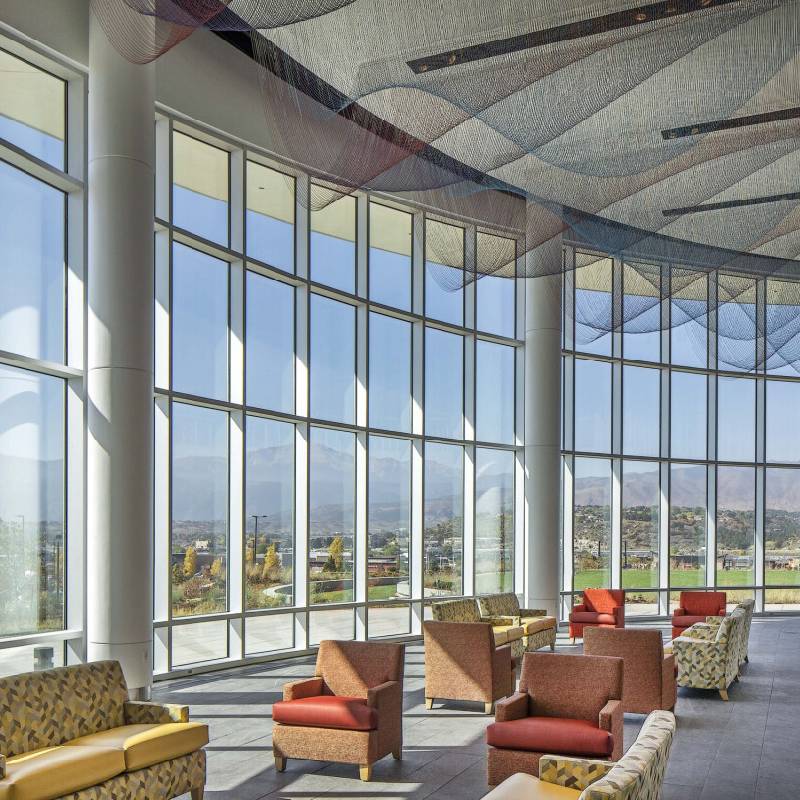

The Aesthetic Appeal of Coloured Frosted Glass A Fusion of Art and Functionality
Coloured frosted glass represents a harmonious interplay between aesthetics and practicality, making it a popular choice in a variety of design applications, from residential to commercial spaces. The soft diffusion of light through its surface, combined with vibrant hues, creates an inviting atmosphere while providing essential privacy. In this article, we will delve into the history, production process, applications, and advantages of coloured frosted glass, highlighting its significance in modern design.
Historical Context
The use of glass in architecture dates back to ancient times, with its popularity growing exponentially in the medieval period. Stained glass windows became prominent in churches and cathedrals, providing both illumination and beautiful depictions of religious narratives. However, the development of frosted glass as an art form and functional element emerged much later, during the Art Deco period in the early 20th century. This era celebrated bold colours, geometric patterns, and innovative materials, leading to a renewed appreciation for decorative glass.
Coloured frosted glass evolved from traditional clear glass as artisans sought to enhance both its beauty and utility. By introducing colour through the addition of various mineral oxides during production and applying frosting techniques, they created a unique material that could filter light while also serving as a stunning decorative element in contemporary interiors.
Production Process
The manufacturing of coloured frosted glass involves a meticulous process that ensures both durability and visual appeal. It begins with selecting high-quality glass that is then melted and combined with specific metal oxides to achieve desired colours. Common colours include azure blues, vibrant reds, soothing greens, and playful yellows, among others. Once the glass reaches the desired consistency, it is shaped and cooled before undergoing the frosting process.
Frosting is typically done through chemical etching or sandblasting. In chemical etching, a solution is applied to the glass surface to create a frosted effect, while sandblasting uses high-pressure air to propel tiny particles against the glass, yielding a textured finish. These methods not only obscure visibility through the glass but also impart a soft, muted appearance that enhances the depth of the colours.

Applications
Coloured frosted glass finds its place in various sectors. In residential designs, it is often used in bathroom windows, shower enclosures, and cabinet doors to provide privacy while allowing natural light to permeate spaces. Its versatility extends to interior partitions, which can separate spaces without creating a sense of enclosure. Moreover, decorative applications in art installations, glass doors, and window transoms further showcase its role in contemporary design.
In commercial settings, coloured frosted glass can be used to craft captivating storefronts, conference room partitions, and branding elements that reflect corporate identities. The diffusion of light not only enriches the ambience but also enhances the visual appeal of the products on display. In educational institutions, it offers a way to combine function and creativity—creating a vibrant learning environment that stimulates imagination.
Advantages
The benefits of coloured frosted glass extend beyond its aesthetic charm. Firstly, it enhances privacy without sacrificing natural light, making it ideal for spaces that require both openness and seclusion. Secondly, the material is often treated for durability, ensuring that it withstands the test of time while requiring minimal maintenance.
Additionally, coloured frosted glass can function as a canvas for artistic expression. Custom patterns and designs can be created to suit specific themes and styles, allowing architects and designers to tailor their projects to individual tastes. The ability to blend various colours and textures further opens up a world of creativity, making each piece unique.
Conclusion
In conclusion, coloured frosted glass stands as a testament to the fusion of art and functionality. Its rich history, detailed production process, versatile applications, and numerous advantages make it an exceptional choice for modern design. Whether enhancing the beauty of a residential space or creating an inspiring commercial environment, coloured frosted glass continues to captivate and transform the way we experience our surroundings. As trends evolve and innovation persists, this medium will undoubtedly remain a central element in contemporary architecture and design, inviting us to celebrate light, colour, and creativity.